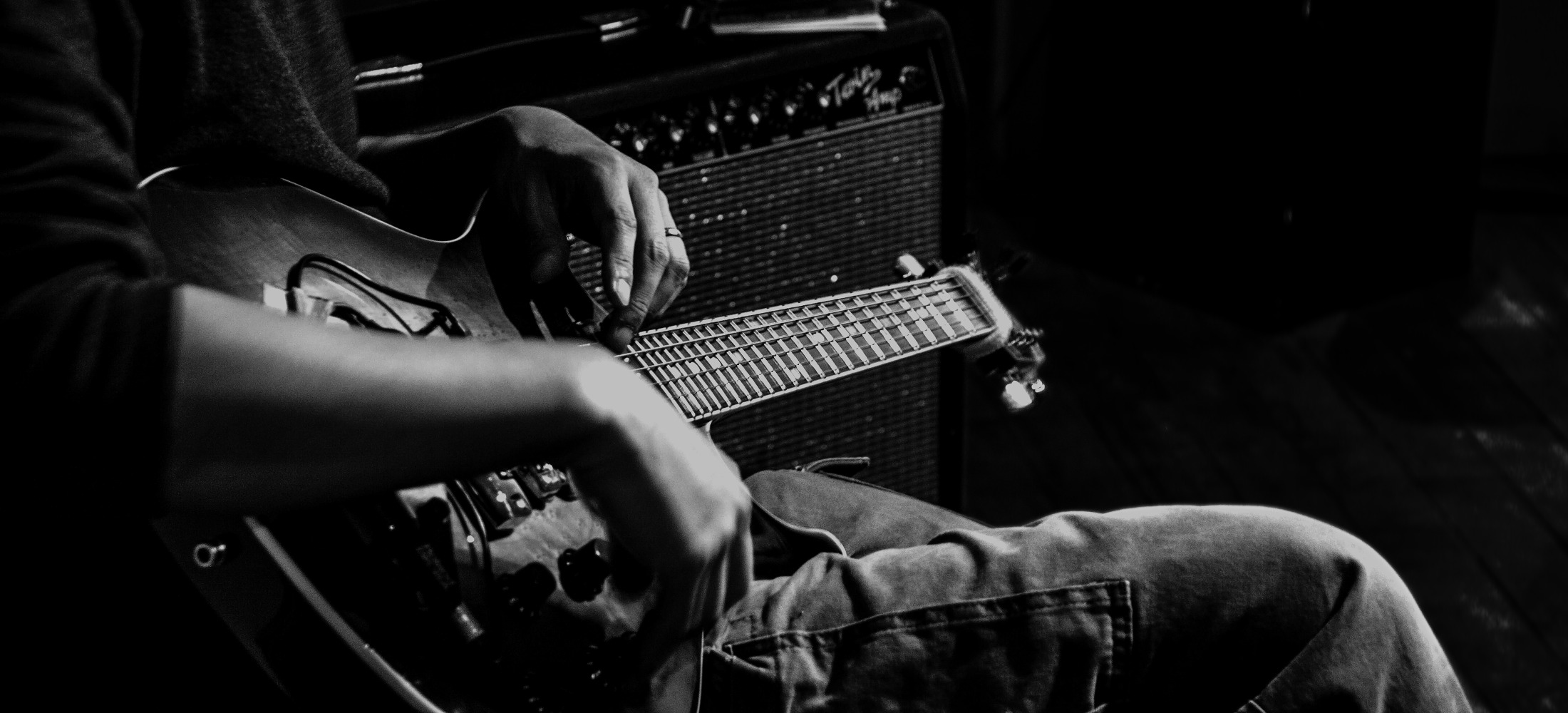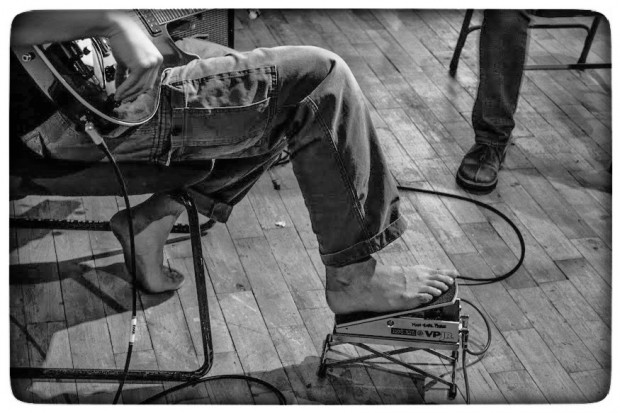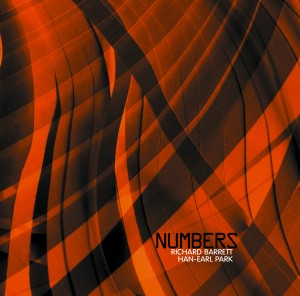Want to know what and who I’ve been listening to? or what I’ve got planned (hint: see video above)? read my take on the late-capitalist (spotified, airbnbified, uberized) bootleg economy? or how about my non-musical influences:
Politics.
Even in these so-called cynical times I find politics (in, for example, the interactions between basement-level activism, and the, to quote Zappa, ‘entertainment division of the military-industrial complex’; in the friction between good, sometimes great, journalism, and the for-profit-lubricated popularity-contest we call publishing) inspiring.
Other things…?
Animators whose subject matter are things like movement, weight, physics, physiology, intent, volition, presence, personality, empathy, when their materials, in many respects, are working against those expressions. It helps to remind those of us who work in practices where it is too easy to take those same things—movement, weight, physics, physiology, etc.—for granted because they are so effortlessly part of the form. [Read the rest…]
Over at a Jazz Noise, you can read my answers to Dave Foxall’s 7 Questions such as my take on collaboration or what I seek in collaborators:
Imagination, skill and reliability. In that order.
Probably.
Someone who has a levelheaded understanding (consciously or not) of their niche within the transnational improvised music ecology….
I gravitate towards improvisers who are always prepared for that which is, in a way, unforeseeable.
Also people who can patch the holes and weaknesses in my musical skill-set. So, thinking about those three-quarters of Sirene 1009, I think: Dom Lash’s assured, steady-handed control of his technique and sound-making; Mark Sanders’ range, seemingly boundless imagination, ability anticipate anything and everything, and ability to make sense musically regardless of what surrounds him; and Caroline Pugh’s handle and knowledge of genre, and how she seemingly can just jump in regardless of context. I think the various ways we move—our bodies and their relationship with the instruments, say—complement each other.
(I’ve said this before, but getting a group together is a kind of composition.) [Read the rest…]
Plus, the “opening track [from ‘Sirene 1009’ (BAF000)]—Psychohistory III (very Asimov!)—[is] exclusively available to a Jazz Noise readers (hear it here and nowhere else, folks) for this interview.” [Listen/read the rest…].
selected discography
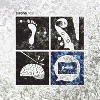
Sirene 1009 (BAF000) [details…]
Personnel: Han-earl Park (guitar), Dominic Lash (double bass), Mark Sanders (drums) and Caroline Pugh (voice and tape recorder).
© + ℗ 2017 Han-earl Park.
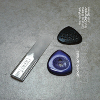
Anomic Aphasia (SLAMCD 559) [details…]
Performers: Han-earl Park (guitar), Catherine Sikora (tenor and soprano saxophones), Nick Didkovsky (guitar), and Josh Sinton (baritone saxophone and bass clarinet).
© 2015 Han-earl Park.
℗ 2015 SLAM Productions.
